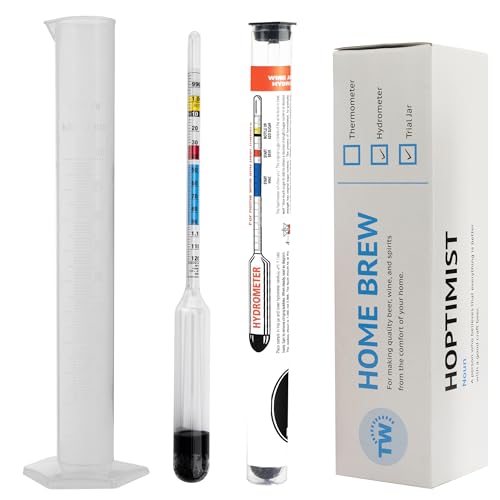I brewed a session IPA back at the end of September. Due to life getting in the way I've abandoned it in the primary fermenter where it has been sat on the dry hops for almost 3 months now.
I'm planning to keg it when I get my kegging equipment sorted in the new year, so it will probably be 4 months after the brewday. I'm just treating this as an experiement now to see what prolonged exposure to dry hops and yeast will be.
I'm aware of all of the usual warnings that the yeast will rupture and the dry hops will leave a grassy taste but I've never experienced this when I've left it for about one month or so before.
It's been in my brew fridge at about 5ðC for the majority of the time so I'm hoping the cold temperature will have slowed down yeast decomposition and the extraction of any unwanted things from the hops. It's also a stainless steel fermentor so I'm hoping oxygen isn't an issue.
I'll update when I'm drinking it.
I'm planning to keg it when I get my kegging equipment sorted in the new year, so it will probably be 4 months after the brewday. I'm just treating this as an experiement now to see what prolonged exposure to dry hops and yeast will be.
I'm aware of all of the usual warnings that the yeast will rupture and the dry hops will leave a grassy taste but I've never experienced this when I've left it for about one month or so before.
It's been in my brew fridge at about 5ðC for the majority of the time so I'm hoping the cold temperature will have slowed down yeast decomposition and the extraction of any unwanted things from the hops. It's also a stainless steel fermentor so I'm hoping oxygen isn't an issue.
I'll update when I'm drinking it.







































